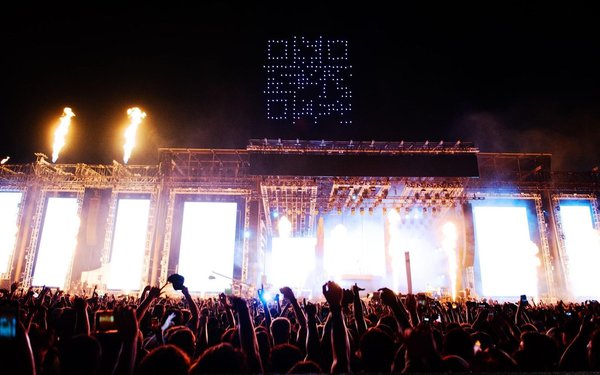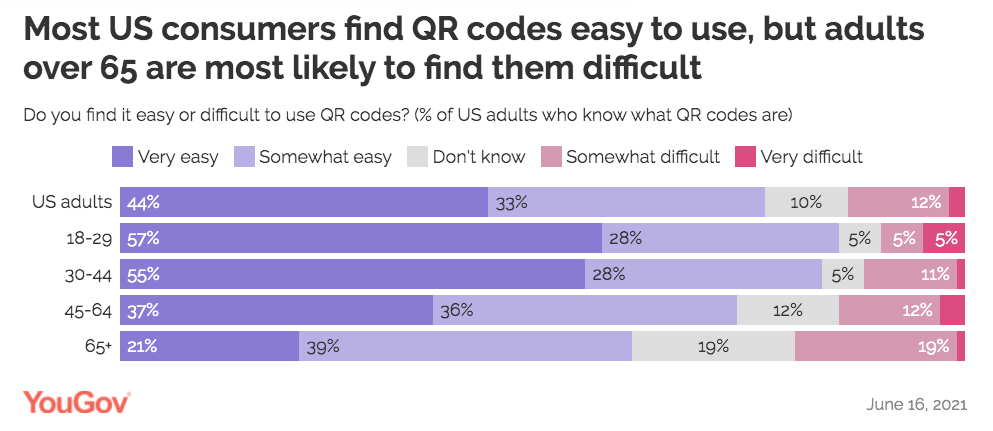
A quarter century after they were first introduced, mobile device QR codes are finally achieving mass adoption.
While that's not
exactly the kind of "quick response" their acronym stands for, there are a lot of good reasons for their fits and false starts, and why they are functioning far more seamlessly now. Mainly, it's
because they actually work now, but sort of/maybe/hardly ever worked back then.
"I probably wrung a dozen columns out of whining about them back in the day," MediaPost Events Editorial
Director and original Mobile Insider columnist Steve Smith quipped when we both came upon a new report from YouGov asserting that QR codes have finally reached critical mass with one notable
exception: persons 65-plus, who apparently still find them difficult to use (see data below).
While neither Steve nor I fall into that bracket -- yet -- we are old enough to remember how
gawdawful early iterations of QRs were, requiring "readers" to be downloaded and mobile cameras to be synced up. But as I said, they never really worked.
"I always argued they had no hope of
succeeding until the reader was embedded into an endemic mobile reflex," Steve reminded me.
He was right. But he was also surprised when I said I've been seeing oodles of data showing the
steady rise of QR codes, and that even I, myself, have managed to use them recently.
I mean, anyone who has sat down at a COVID-19-safety-compliant eating establishment recently must have had
the same experience: no physical menus present, but a QR code for your phone to render one.
The only problem is, it's still not intuitive for many people to a) understand what a QR code is, b)
to know to point their phone's camera at it, and c) to know that they still need to click on the link it renders in order to open a link.
What was always needed was a good mobile industry
marketing campaign to educate consumers on those basics. Instead, a pandemic has done it for us.
Oh, and as for the photo above, I'm publishing it to illustrate just how ubiquitous -- and
seamless -- QR codes have become.
The image is of a QR code "published" in the sky -- courtesy of 250 lighted drones -- over the Hard Rock Stadium in Miami during a recent Travis Scott
concert. The code launched the first ever music release via a drone QR code, which directed fans to a Spotify playlist featuring Scott's new single "Escape Plan."
“We’re always
looking to provide advertisers with new and innovative opportunities to engage their target audience in a meaningful way out in the real world,” notes Sam Keywanfar, founder and CEO of
out-of-home media-buying platform MilkMoney. “Now that QR codes have finally hit mainstream, we’re excited to infuse drone and QR code technology to provide a fully immersive
experience.”
